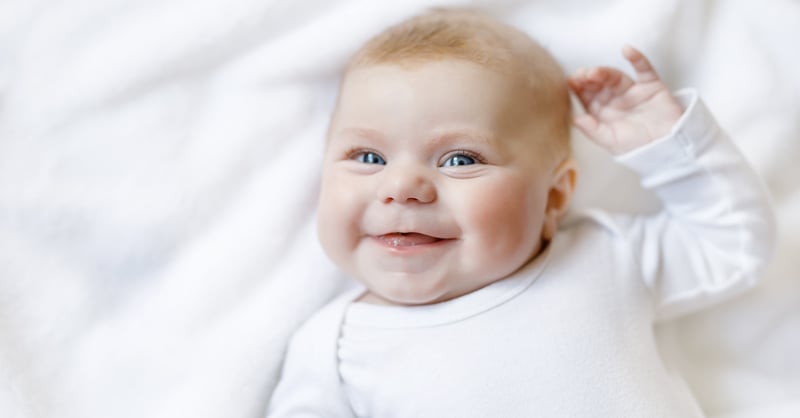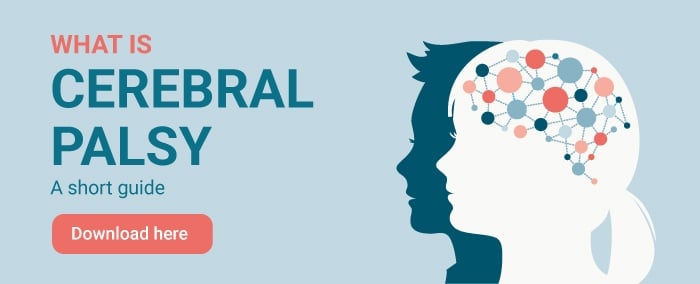
An early diagnosis of CP is important, to allow measures to be taken and treatment to begin as soon as possible. Today, the average age of a child diagnosed with CP is 2 years, and this could be improved significantly with new technology.
Lacking experience
The movement patterns of babies are usually studied through the General Movements Assessment. By looking at the infant’s rhythmic and varied movement patterns, you can quite accurately predict whether you should suspect cerebral palsy.
Small, varied and circular movements throughout the body have shown themselves to be a strong marker of healthy brain development. The challenging part is that the observations of the baby’s movements must be done by trained, experienced observers, as only these are able to discern deviant movement patterns. Unfortunately, most countries don’t have many of these observers. According to NTNU (The Norwegian University of Science and Technology), only a small fraction of newborns in Norway will be offered the General Movement Assessment today. This is likely the case in other parts of the world as well.
MRI machines, another important tool for diagnosing CP, are still sorely in demand in many countries. There’s a definite need for more cost-effective methods.
The past ten years have seen several attempts to develop data-based methods for analyzing movement. A group of scientists at NTNU in Norway have worked on these methods as well, but they haven’t been reliable enough to be used clinically.
That seems to be changing.
READ MORE: Why Early Intervention?
Unique in the world
Improvements in camera- and imaging technology, combined with artificial intelligence, now makes it possible to measure large sets of data gathered from video material.
The same group of scientists from NTNU have built a unique database with over a thousand standardized videos of the spontaneous movements of infants. This has been done in cooperation with eight national and international hospitals across three continents. The database is unique in the world; there’s no equivalent database with as many videos of infants with a risk of CP. This database is what NTNU seeks to use to develop a model able to predict CP with high accuracy, just by analyzing the child’s movements on video.
READ MORE: What types of outcome measures in cerebral palsy do we have?
Ready for further development
According to NTNU, the method’s results so far have been promising, and the university is currently working on a clinical implementation of it.
Lars Adde, a children’s physiology specialist and researcher at NTNU, says it could take anything from 1–3 years to fully develop the new tool. In other words, we’ll have to be patient, but if the scientists succeed, we might just have an unobtrusive and inexpensive method of diagnosing CP at an early stage.
Do you want to know more about CP?
Read our resource page with answers to most of your questions.
Sources: Lecture by Lars Adde (NTNU) at CP-konferansen 2018

The author worked as Head of Marketing for Made for Movement for 7 years before she pursued other adventures in her own company. Trine Roald has over 20 years of international experience within a variety of industries. As Head of Marketing for Made for Movement she was passionate about communicating stories and know-how featuring possibilities for improving the quality of life among people with severe disabilities.
Alexander was born extremely premature under very critical circumstances. Despite a body that was initially not ready for the world,...
Solvår is a cheerful, chatty, and lively 26-year-old woman. She lives in Stange, Norway with her partner and two young boys, aged 2...
A recently published article consolidates evidence regarding the use and benefits of supported standing and stepping devices for...
Hear from us from time to time and learn new things
